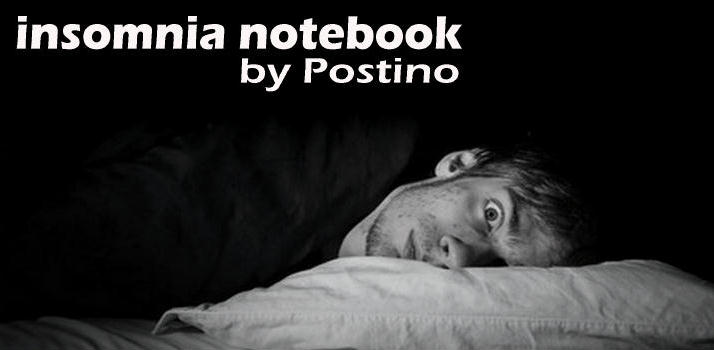
The 1951 movie, The Day the Earth Stood Still, was made at a time of great fear and paranoia. We were all wondering if the Russians would fly over and drop atom bombs on us. Flying saucers were in the news. If the Russians weren't going to bomb us maybe little men from outer space would invade us!
As much technology as we have we're scared of people with more and better technology, especially if they threaten to use it against us.
So we were scared. A perfect time for this movie. People like to watch movies of what they're afraid of, as long as they're allegorical. So we had a movie about an emissary from space arriving on Earth to tell us to get our act together or our time was limited. The film shows us fear of the unknown; something so powerful that it can suspend activity on the planet by stopping all technology simultaneously.
 They remade The Day the Earth Stood Still in 2008, this time with Keanu Reeves as Klaatu, the alien visitor. The message in this movie is much more dire, but the outcome is the same.
They remade The Day the Earth Stood Still in 2008, this time with Keanu Reeves as Klaatu, the alien visitor. The message in this movie is much more dire, but the outcome is the same.Michael Rennie, the tall, distinguished British actor, played the original Klaatu. In both movies Klaatu is played as a Christ figure. Klaatu, who is resurrected, becomes "Mr. Carpenter" in the 1951 version. Keanu Reeves, an actor whose face is permanently frozen into one expression, also plays Klaatu as a Christ figure. Toward the end of the modern version Klaatu is able to resurrect a dead man and save us and our planet from a plague of tiny bugs that eat everything (the biblical plague of locusts). He is our savior, in one scene even taking on the bugs that had entered the body of a young boy, just as Christ took on the sins of mortals.
So how did all this work as a story, as two movies? Well, not bad if you like getting hit over the head with a moral. The problem is that no matter how many times we're presented with this sort of story it doesn't seem to stick with us. That's because it's cloaked as science fiction, and to us science fiction is Star Wars, Star Trek, Close Encounters of the Third Kind or ET. As thinking person movies they make us think for as long as it takes to get to our car from the theater.
Science fiction trappings of the Day movies include Gort, the robot. In both Gort is shown to react to violence. Someone shoots at him so he answers with a ray beamed out of an eye slot, causing maximum destruction. Nothing gets through to Gort. He is like the Angel of Death, only this time we can't put lamb's blood over our front doors to keep him away.
In the 1951 version Gort is a big guy but in the latest version he is a huge guy, as tall as a building. That's our outlook now. Bigger is better, especially when it's destructive. Look at those flying saucers in Independence Day, each one as big as a large city. No wimpy little 1950s flying saucers for us, no sir. They just don't scare us anymore.

At the end of both versions of The Day the Earth Stood Still the alien has come to appreciate humanity, despite our nauseating desire to lay waste to our environment and attempts to kill everyone who isn't us. I guess we have a few good qualities, although it's more a game of half-empty or half-full. You see the worst in humans as overwhelming or the good as being our major qualities.
Being science fiction these are movies featuring our ideas of aliens, movies made by human beings to be viewed by other human beings. Since we can't even understand our neighbors or other cultures it's hard to believe that any alien could come to our planet and we could understand them, or them us. We are wholly inconsistent, country to country, person to person. An alien would have an impossible task trying to understand us without alarm and skepticism, since a major goal since time began is our desire to come up with bigger and newer weapons to wreak destruction and kill.
Here's a pleasant thought. An alien race with the technology might consider humans a cancer, something to be cut out before it infects everything else.
 The modern Day the Earth Stood Still credits the screenwriter of the original 1951 movie, but does not credit Harry Bates who wrote the story on which both movies are based. "Farewell To the Master" was published in Astounding Stories in 1940. I re-read the story today and there were small elements the screenwriters picked up on. Except for the robot and the spaceman the story is completely different.
The modern Day the Earth Stood Still credits the screenwriter of the original 1951 movie, but does not credit Harry Bates who wrote the story on which both movies are based. "Farewell To the Master" was published in Astounding Stories in 1940. I re-read the story today and there were small elements the screenwriters picked up on. Except for the robot and the spaceman the story is completely different.[SPOILER ALERT] The robot is Gnut, not Gort, and Klaatu is not the master, Gnut is. We don't find that out until the last sentence of the story.
Jennifer Connolly plays Helen in the 2008 movie. This picture of Jennifer isn't from the movie, but I just really, really like it...


No comments:
Post a Comment